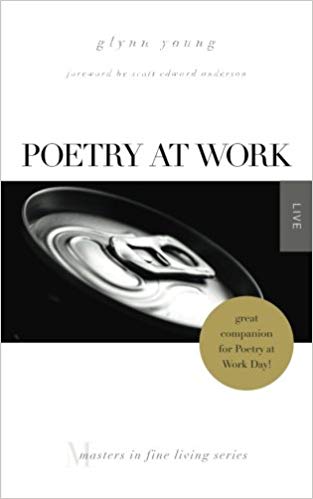
I was sitting with a woman in the Human Resources Department. There had been a reorganization of our department, part of a general reshuffling across the company, and I’d been assigned to sit with her to work out the new organization chart.
You would think this was something of a useless exercise. Shouldn’t it be a simple matter of “here’s the boss, here are his or her direct reports, and here’s who reports to them.” But it was anything but simple, and I was to get a lesson in the Byzantine art form of corporate organization charts.
First, she pointed out, not all of the boss direct reports had the same title. Some were directors; some were managers. Next, there were directors and there were directors – a title wasn’t necessarily indicative of grade level, and grade level was everything. The chart had to indicate that by a subtle positioning of the boxes, with some slightly more elevated than the others. The same thing applied to the managers. Then there was the problem of some managers have more people reporting to them than directors did.
To continue reading, please see my post today at Literary Life.



